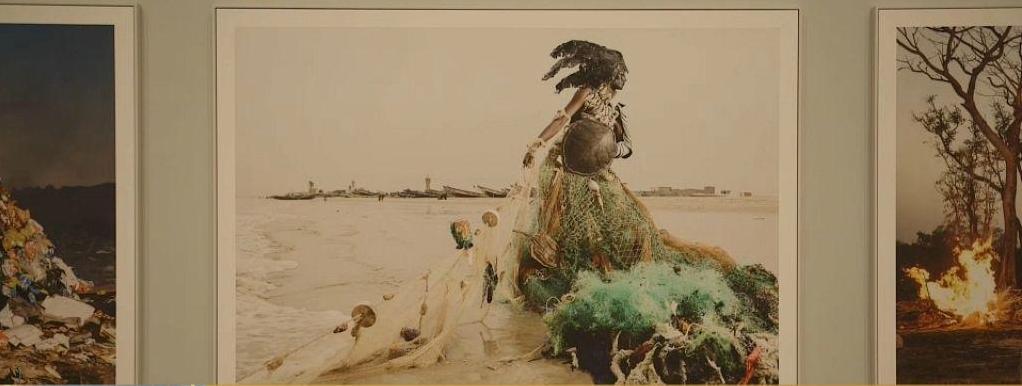Africa-Press – Kenya. An impressive exhibit at the Tate Modern in London showcasing African photography examines the legacies of Africa’s past through the works of 36 artists.
In the opening room of the “A World in Common” exhibit, queens and kings from Nigeria stare back at the viewer, with expressions varying from interest to regal impassivity.
The series of portraits, shot by artist George Osodi, is a powerful introduction to the Tate Modern’s recent exhibition featuring 36 artists from across the continent and further afield.
offers an insight into how African identity continues to be shaped by ancestral legacies and traditions.
Alongside Zimbabwean artist Kudzanai Chiurai’s series , which examines monarchy and religion, the photos immediately launch viewers into the exhibit’s broad themes of Africa’s past, present and future.
Re-focusing the lens
Curated by British-Ghanaian Osei Bonsu, the exhibit features over 150 works of photography, mixed with videography and installation, and is one of the largest exhibitions to showcase African contemporary photography.
By re-focusing the camera’s lens, artists challenge stereotypical views of the continent and offer up new perspectives on the legacies of its past.
“‘A World in Common’ explores the ways in which artists have used the medium of photography to ‘think the world from Africa’,” says Bonsu.
“While rooted in the present, the project is staged as a dialogue between contemporary photography and historical forms of image-making. It examines the forces of mobility and circulation upon which empires and territories were built, and considers the archive as a vast space of possibility in which alternative forms of storytelling are brought to life.”
A turbulent past
Spanning generations and countries, the artists cover a wide array of topics and themes.
A highlight is Ghanaian-born photographer James Barnor, whose work in the 1950s and ’60s showed a society in transition, as Ghana moved towards independence, and “captured the hopes and dreams of a nation”.
Algerian Lazhar Mansouri also documented the changes of a country in a turbulent time, following the start of Algeria’s War of Independence.
These studio photographers changed the way Africans were depicted by the camera, inspiring a new generation of photographers.
Reclaiming power
Following on from the joys and griefs of the 20th century, many of the artists featured in the Tate take their cue from the likes of Barnor.
From Ruth Ossai’s works in Nigeria, to Atong Atem’s look at the African diaspora, the studio photography of the 21st century reconciles traditions with modernity.
“The first photographs ever taken of Africans were colonial ethnographic depictions that presented the subjects in a really skewed and problematic way,” says Atem. “I wanted to see what happens when we turn the lens on ourselves and subvert that ethnographic gaze. To me, it’s a moment of power and reclamation, and an opportunity for us to celebrate our personal and cultural identities.”
Shared dreams
The exhibit comes full circle by ending with a hopeful look at the continent’s future, as Africa’s cities rapidly expand and society is forced to adapt to the challenges presented by the climate crisis.
Contemplating the multitude of environmental issues, the artists “find inspiration in the power of a mythological universe and shared dreams of a new society.”
Through photos that mix the surreal with elements of photojournalism, the exhibit’s final room once again offers a different narrative.
“The world is continually bombarded with the social plight of Africa,” says Aida Muluneh of her work. “My focus in this project was to address these topics without the cliche that we see in mainstream media. In a sense to advocate through art.”
For More News And Analysis About Kenya Follow Africa-Press






